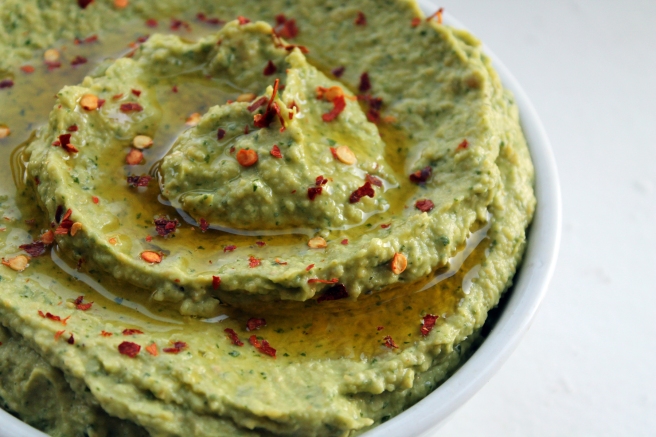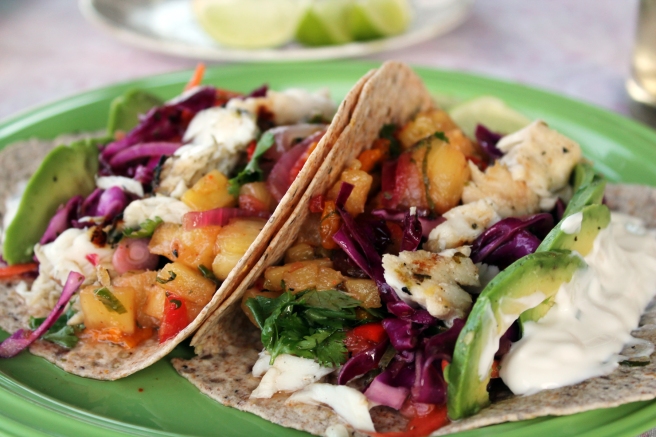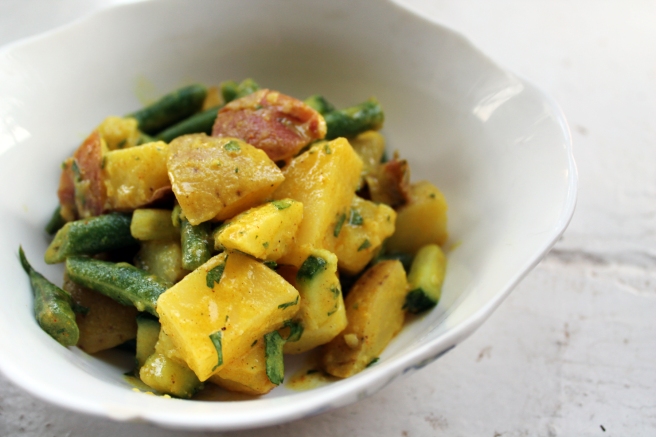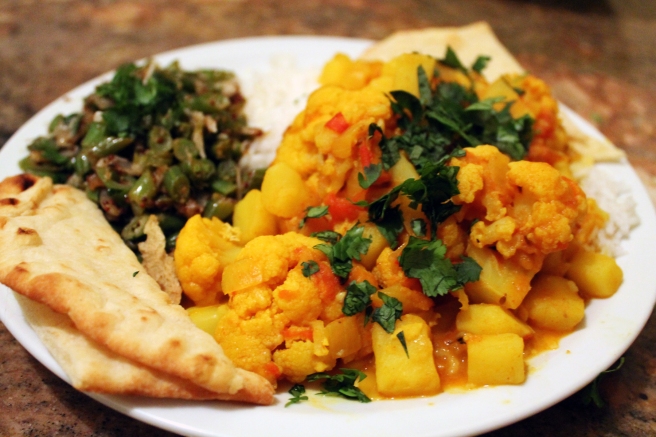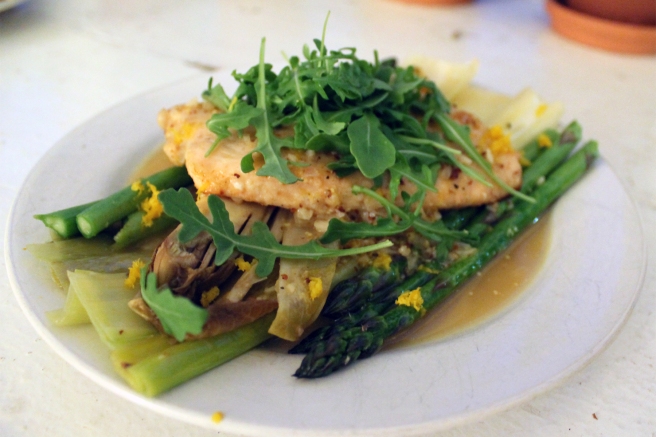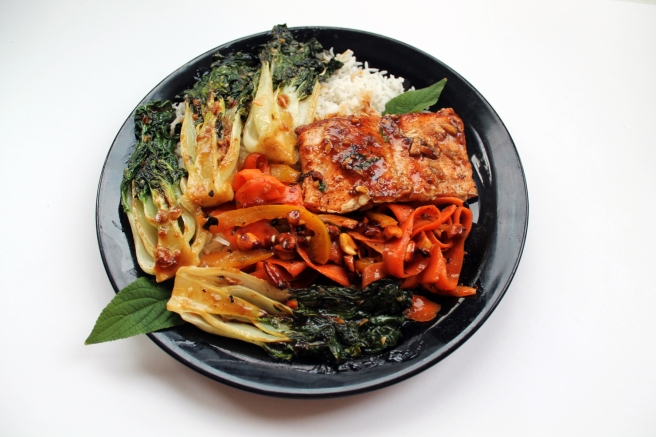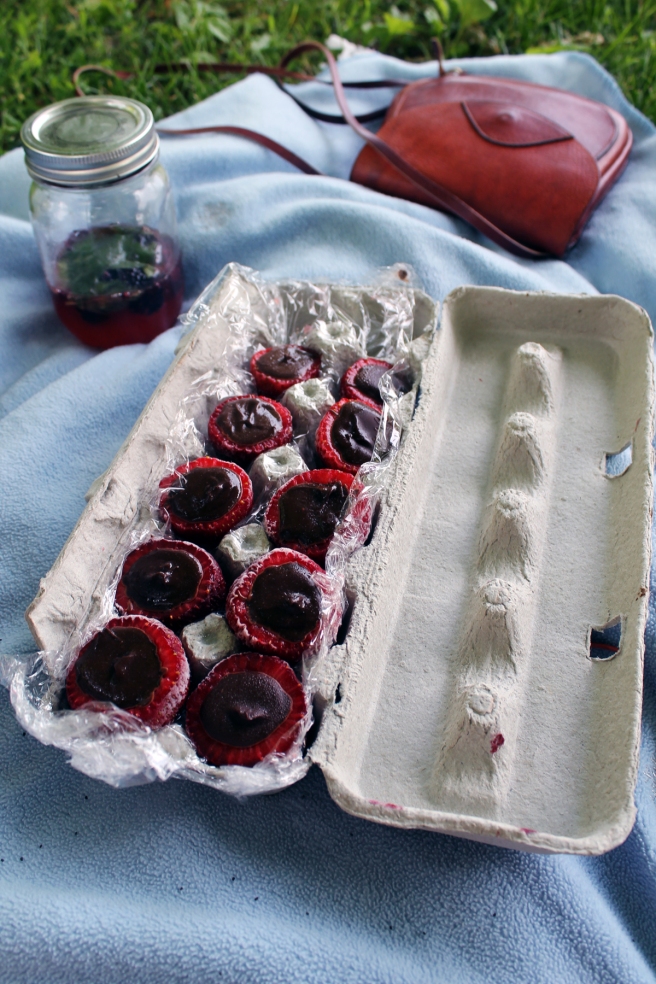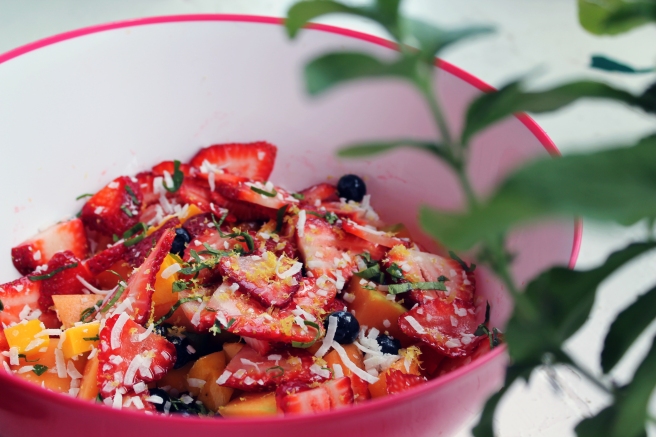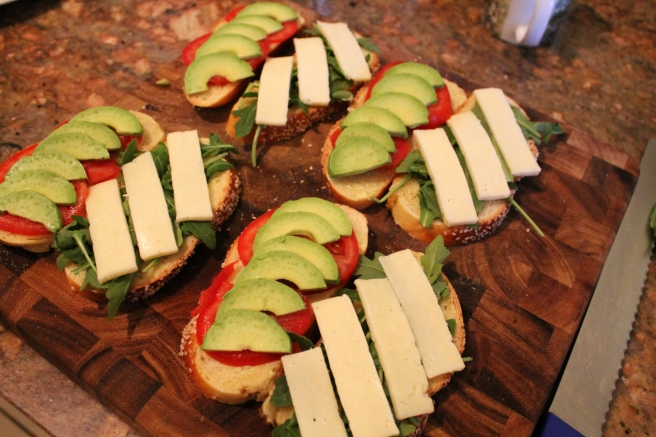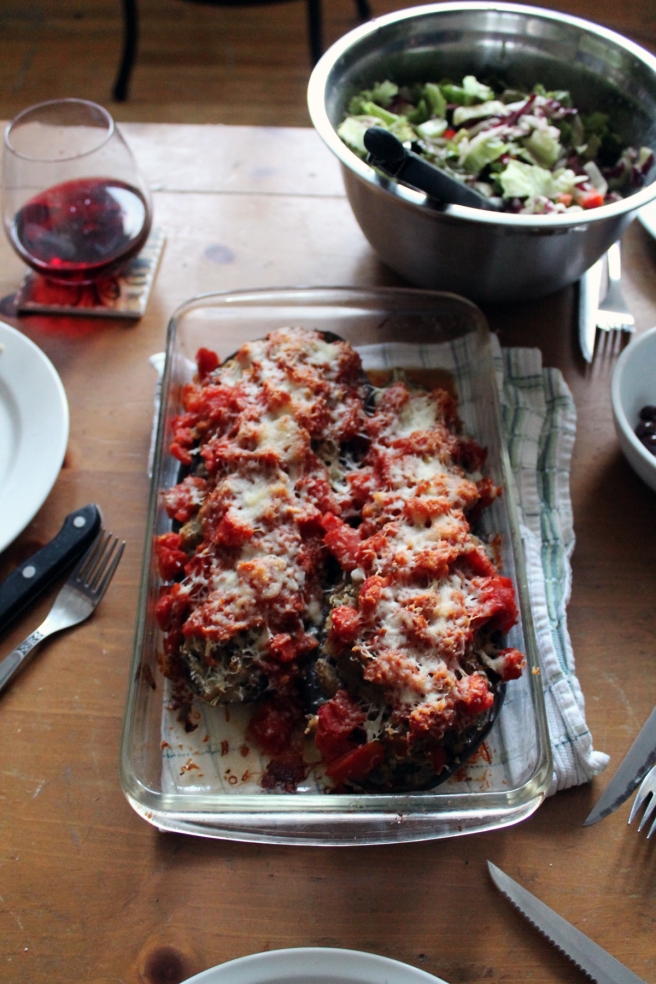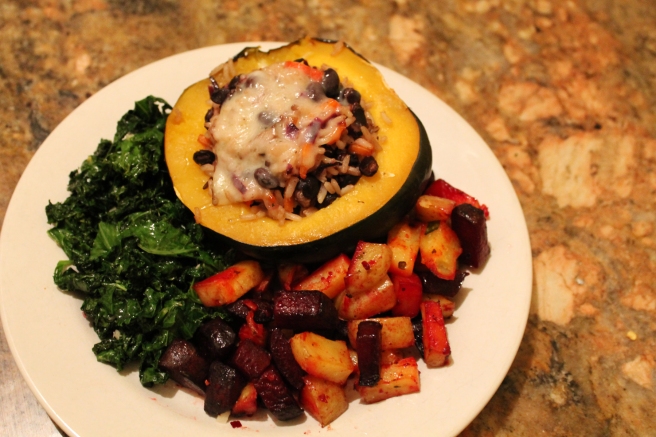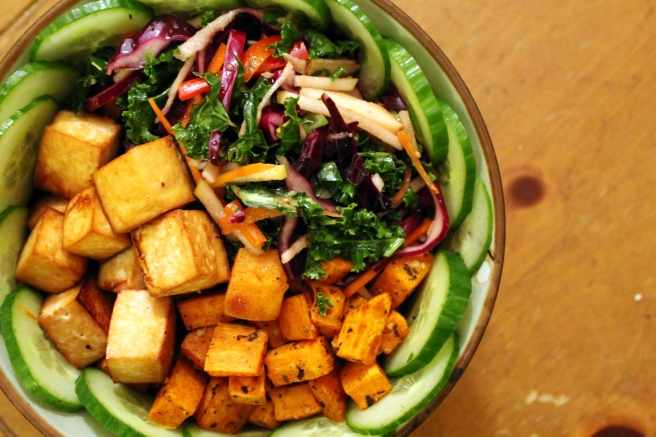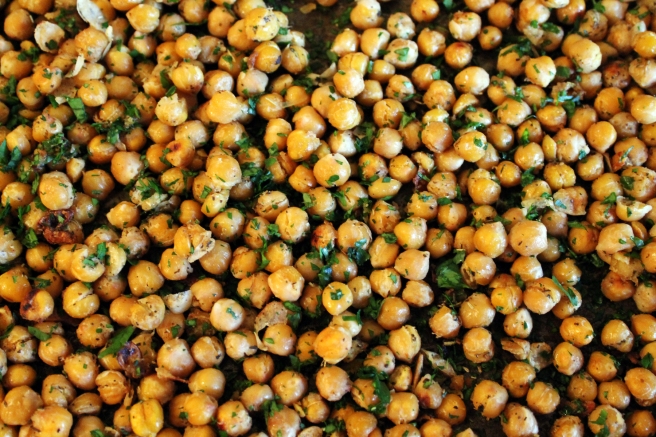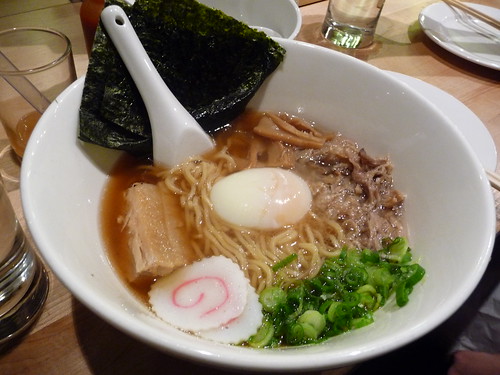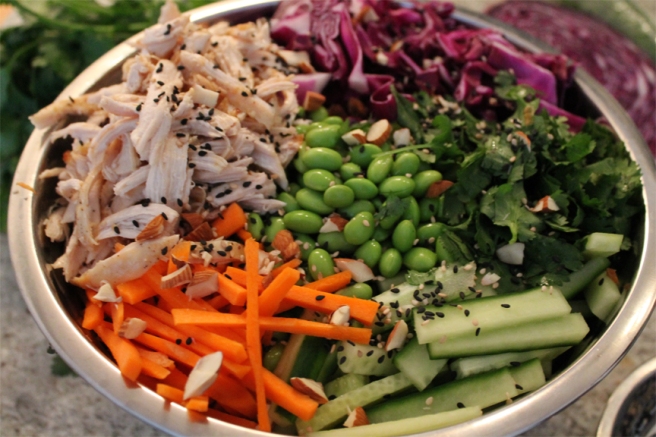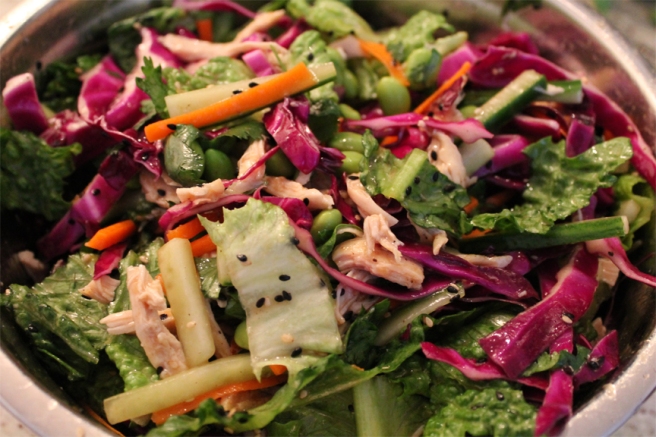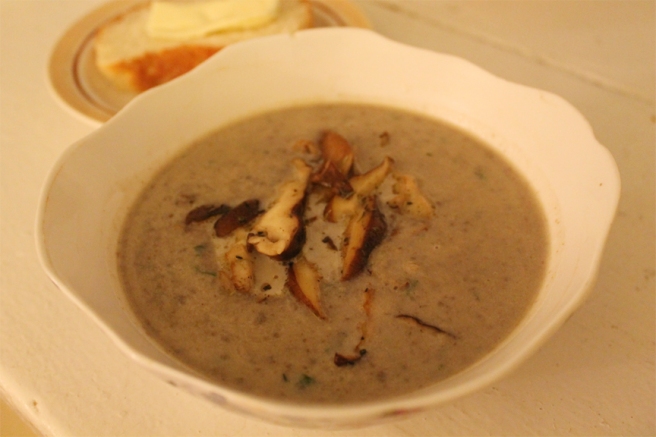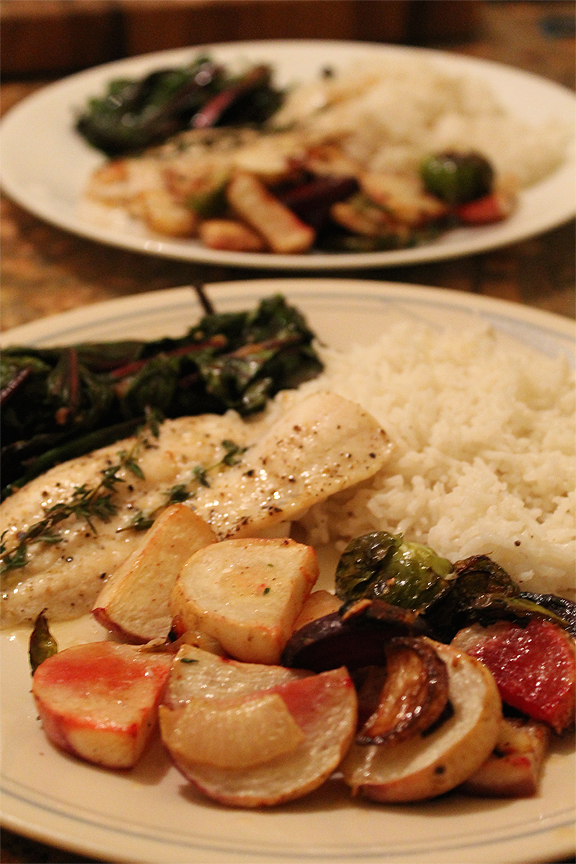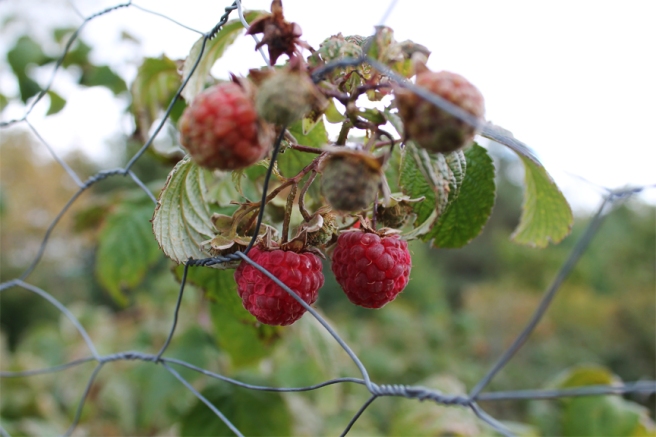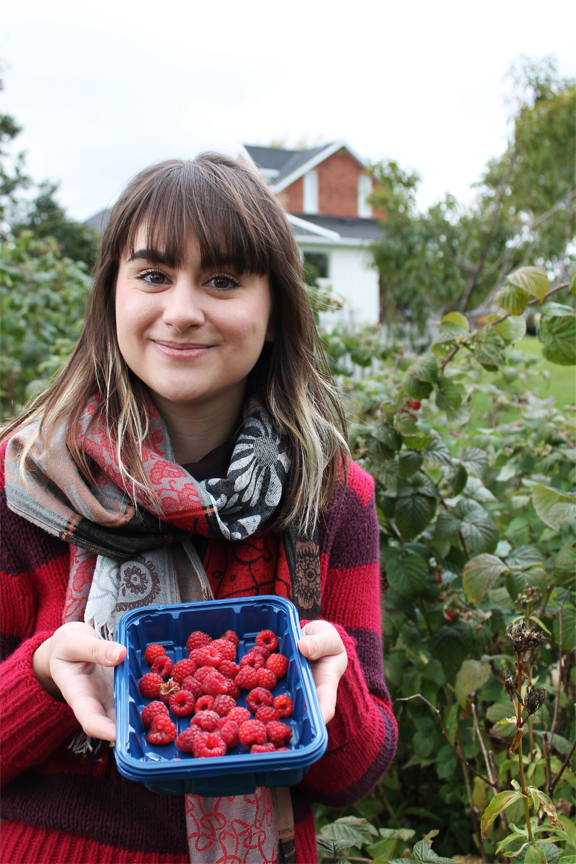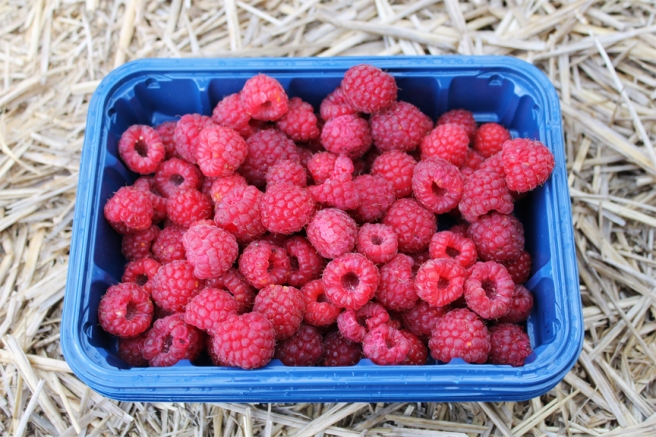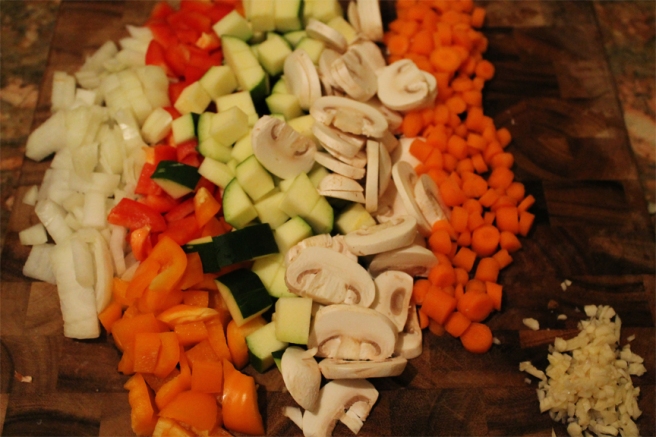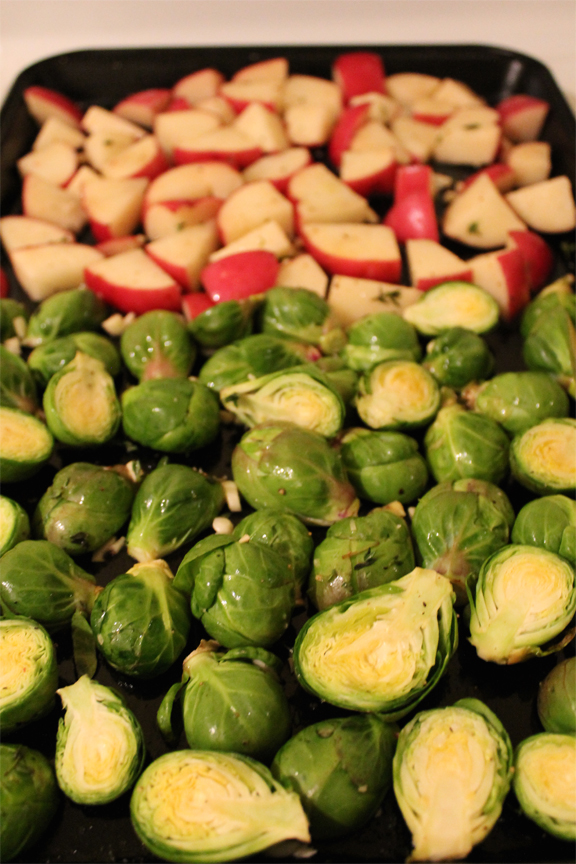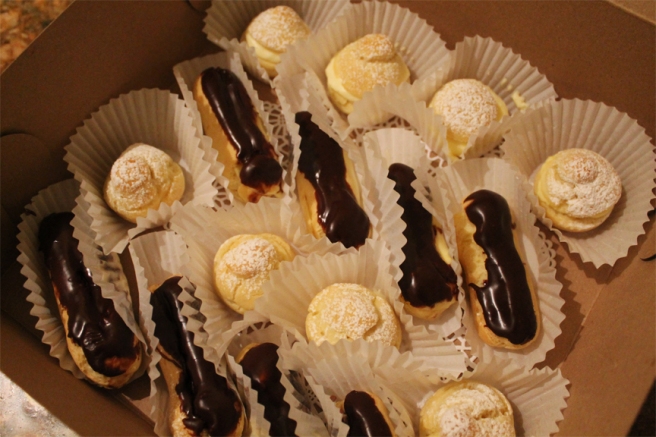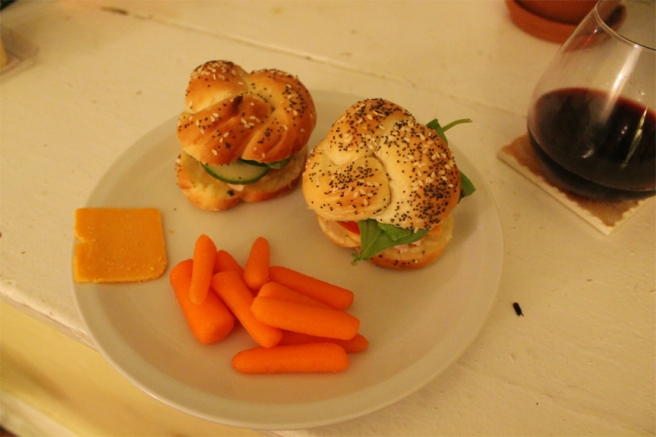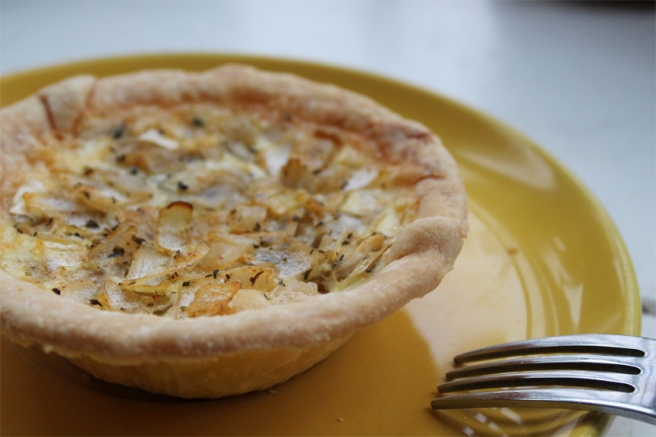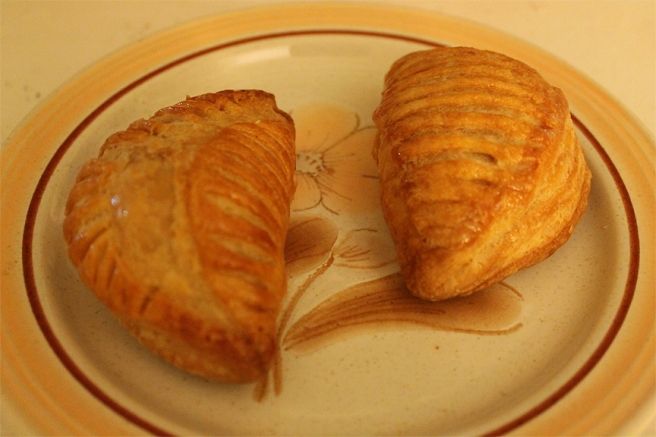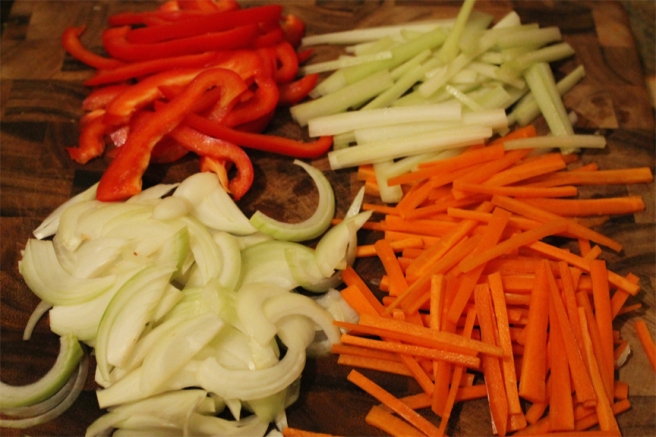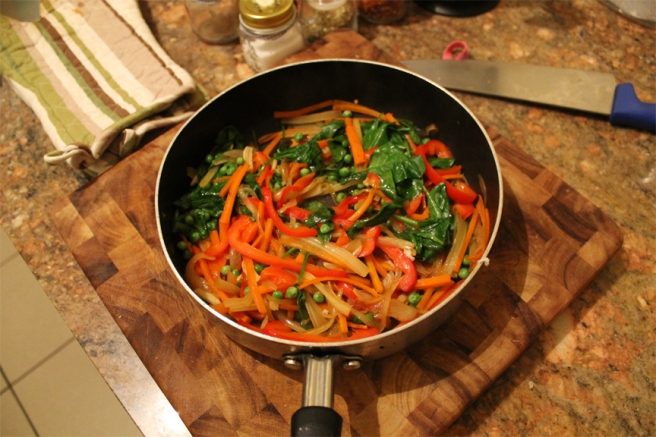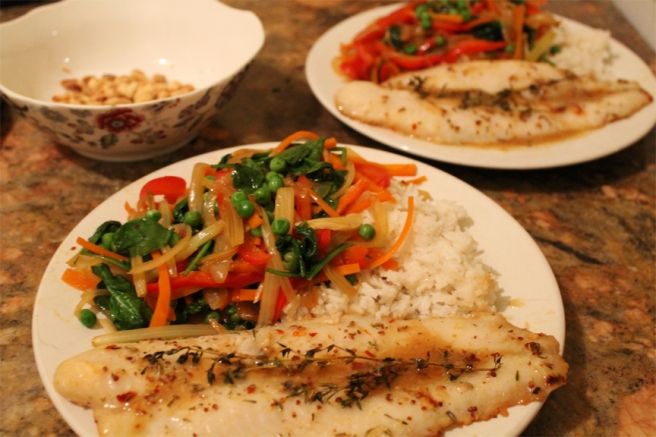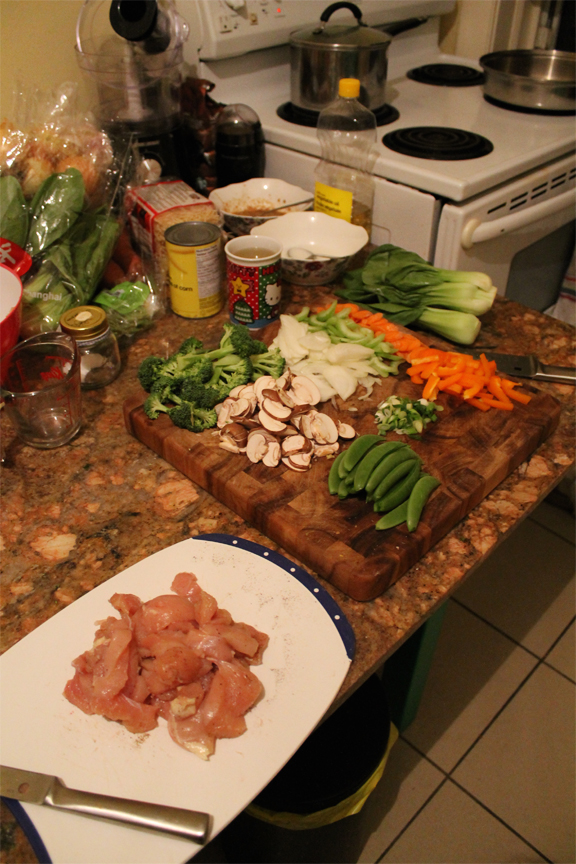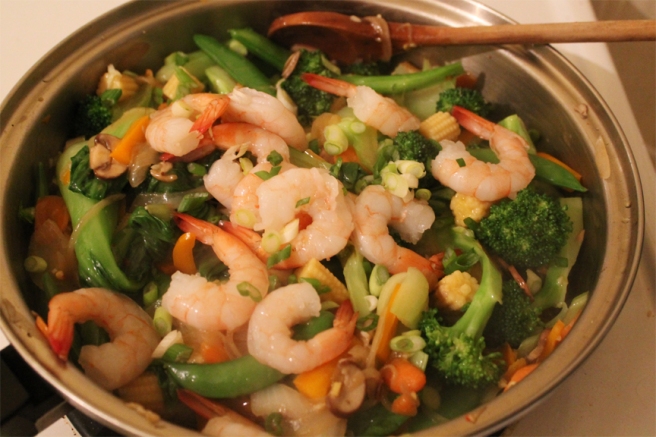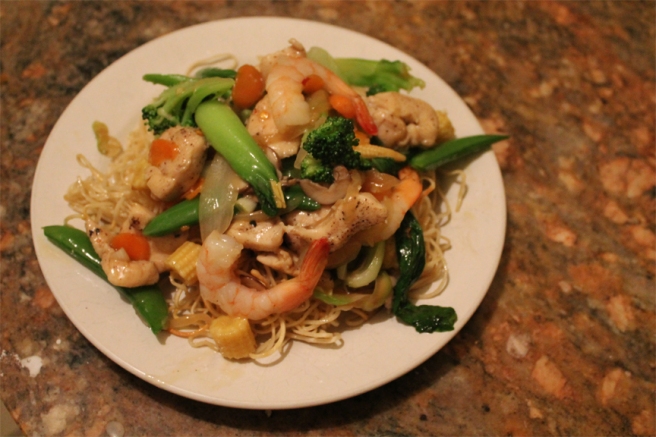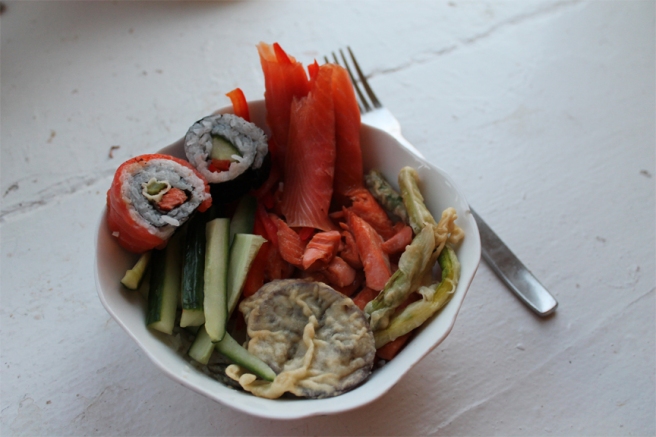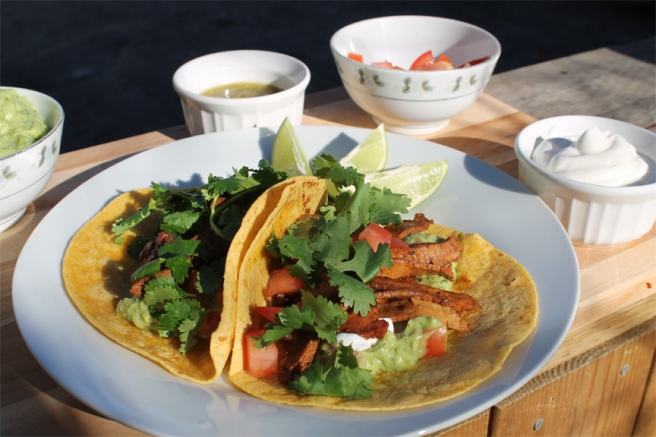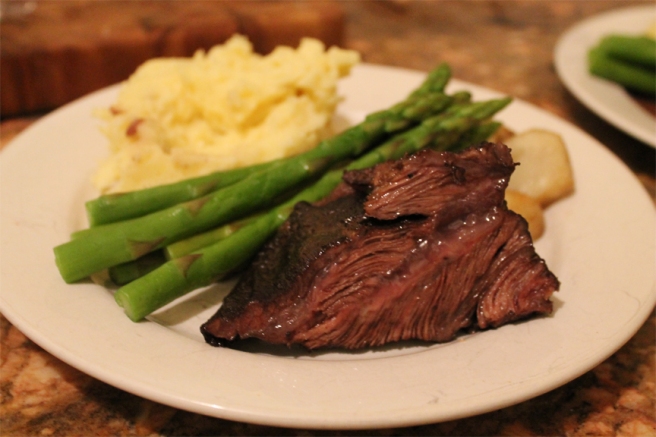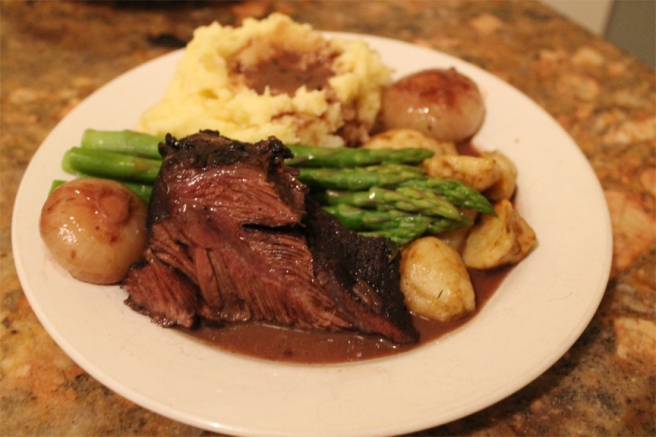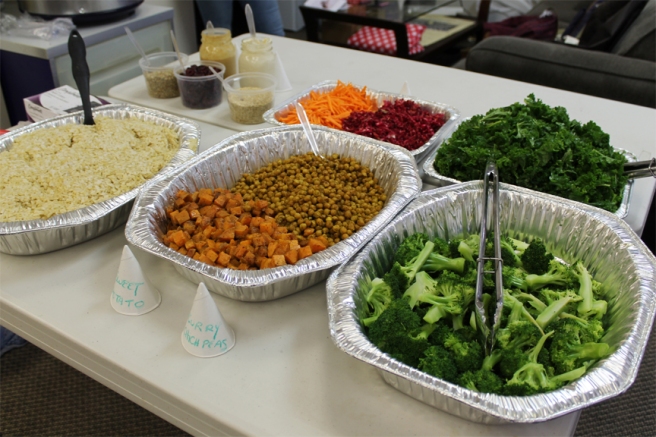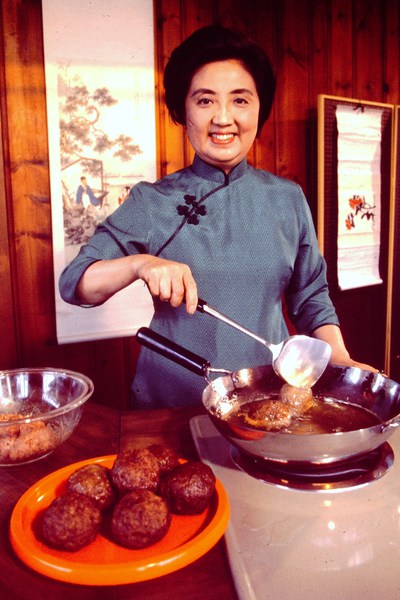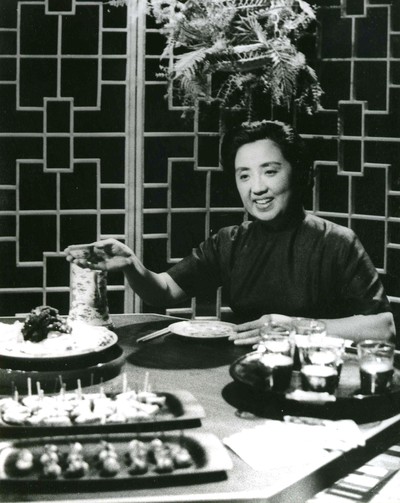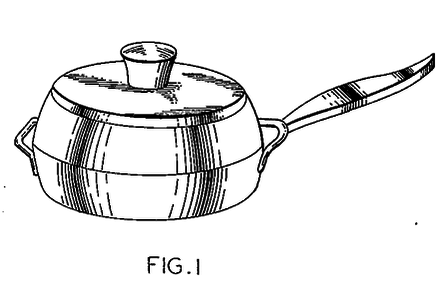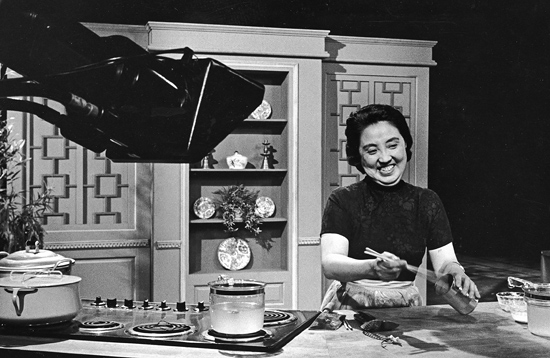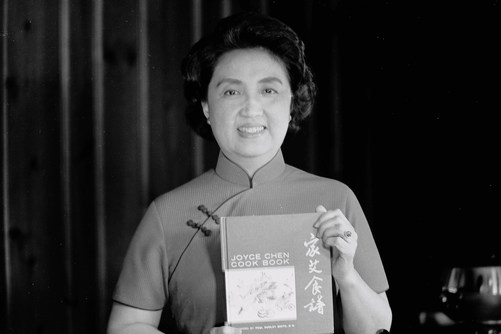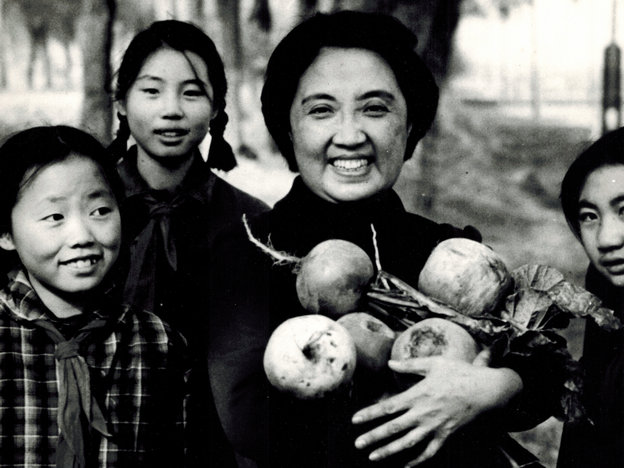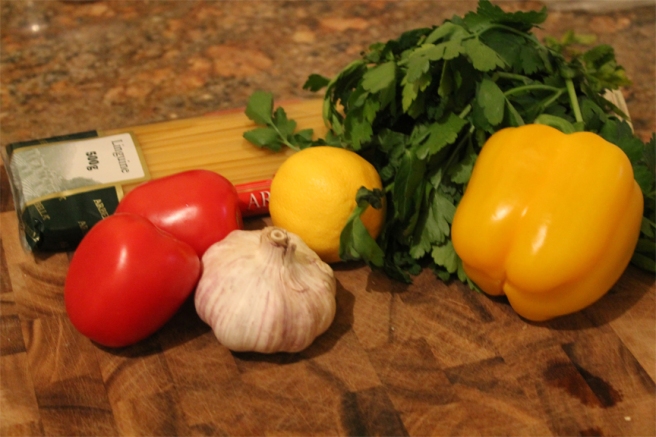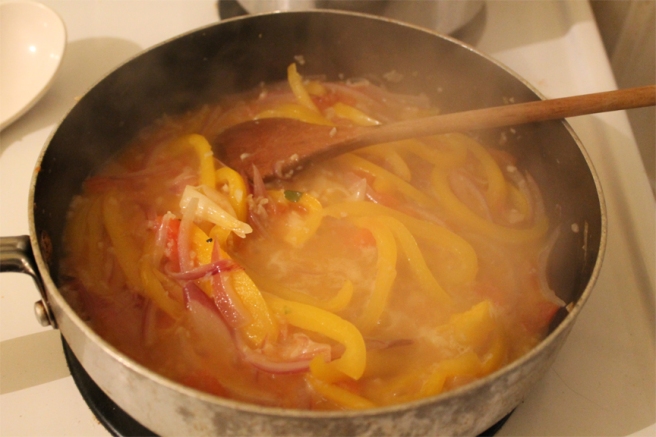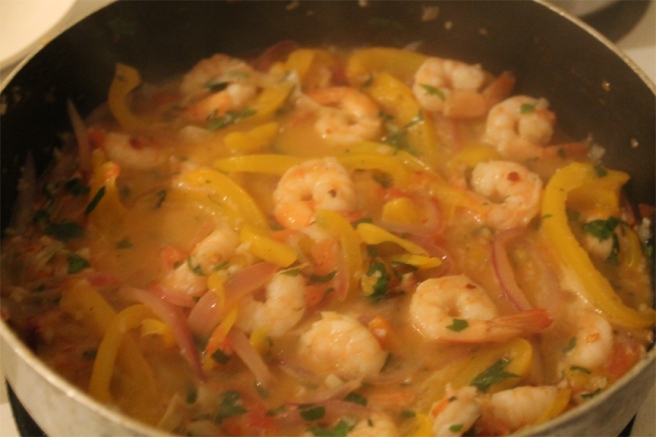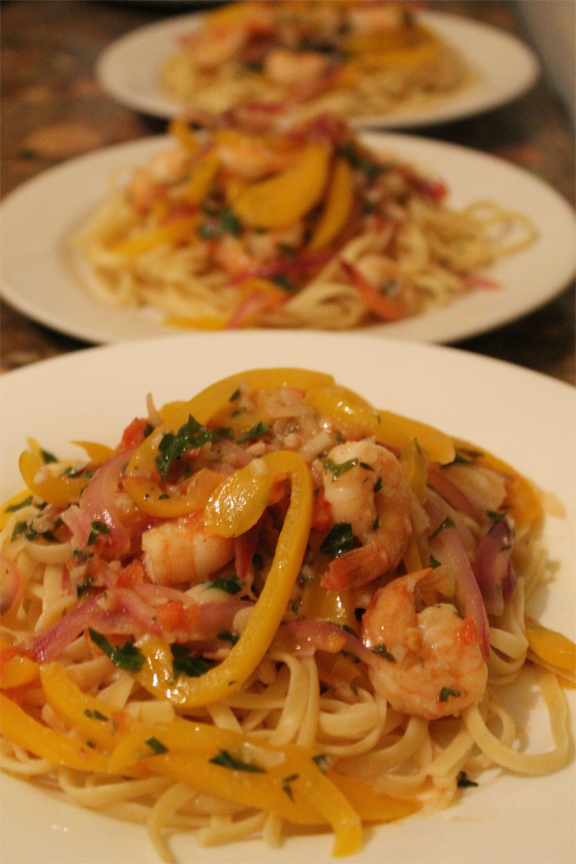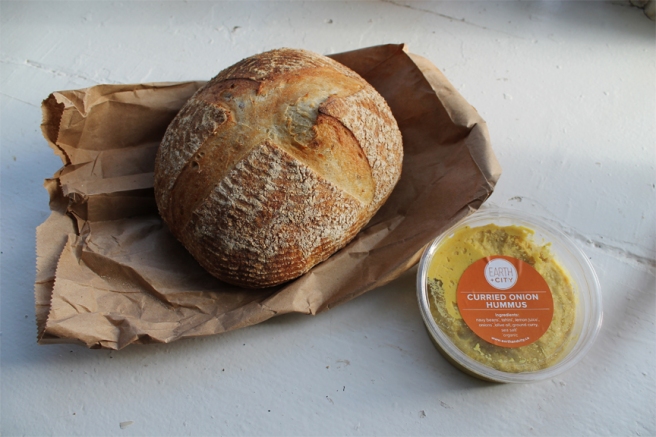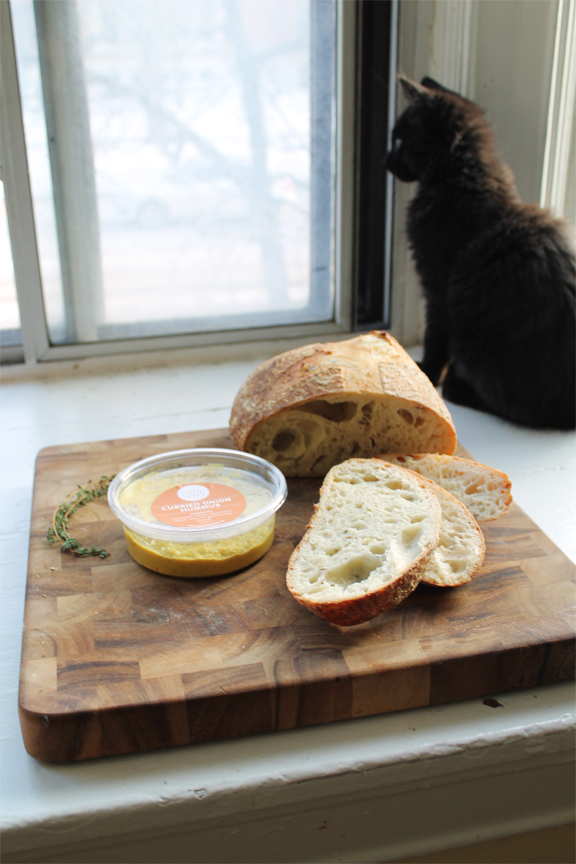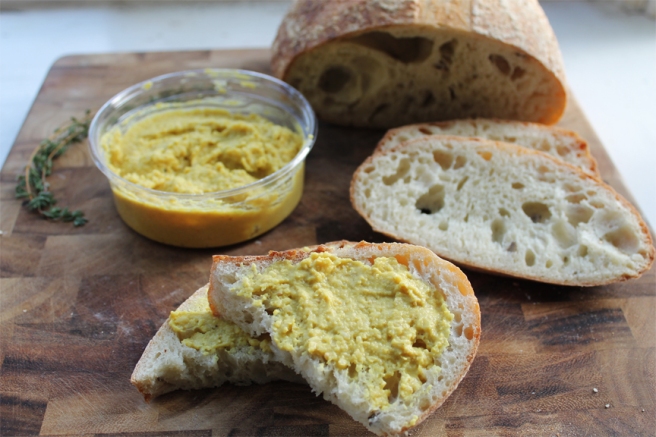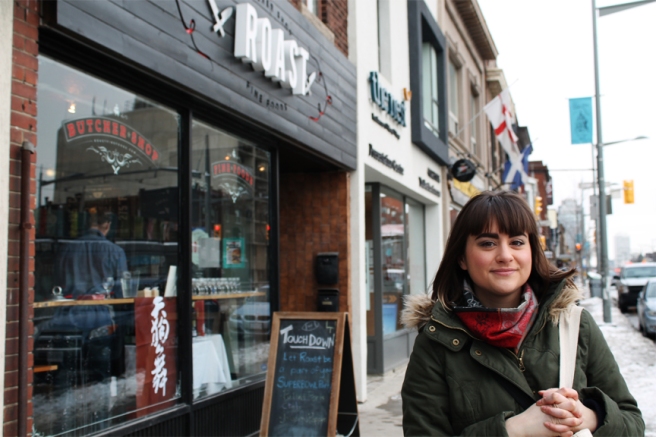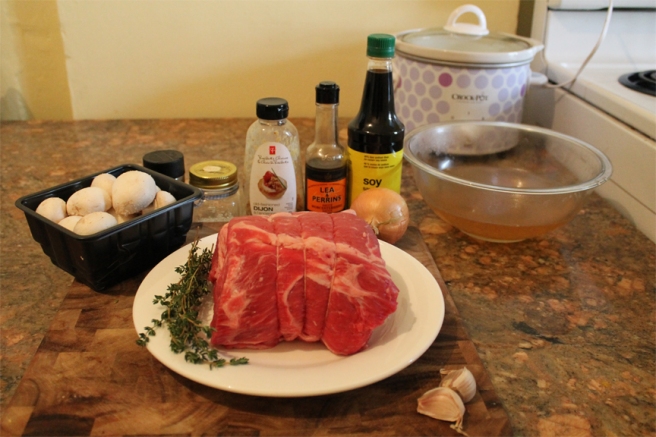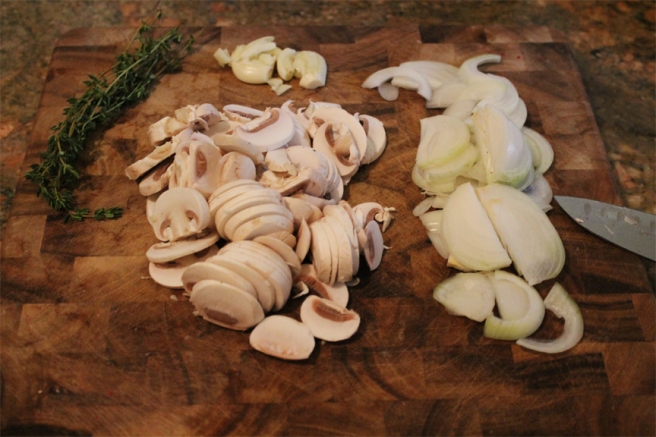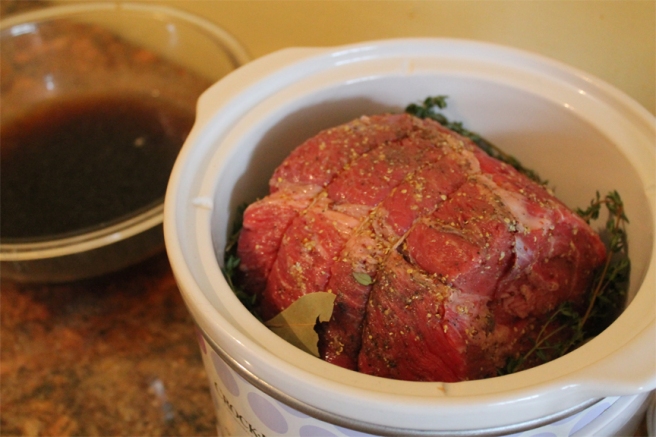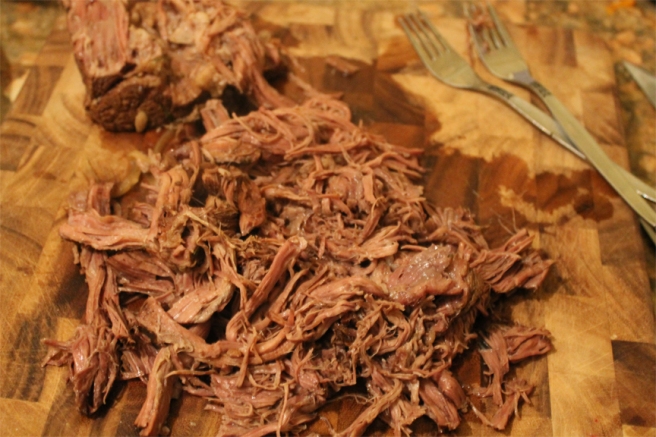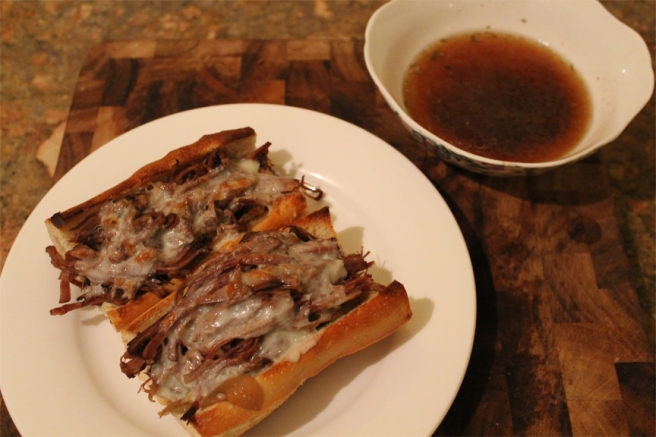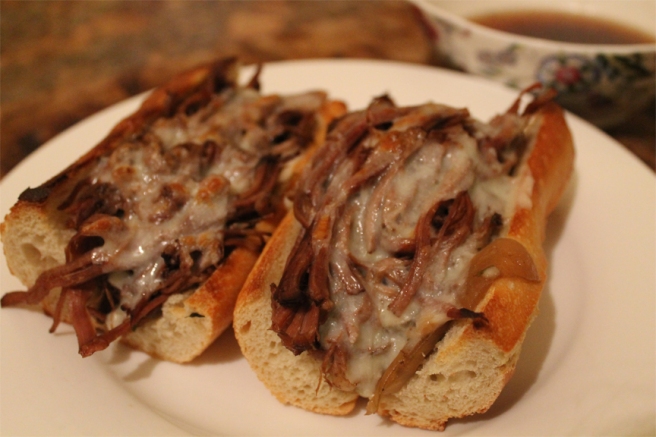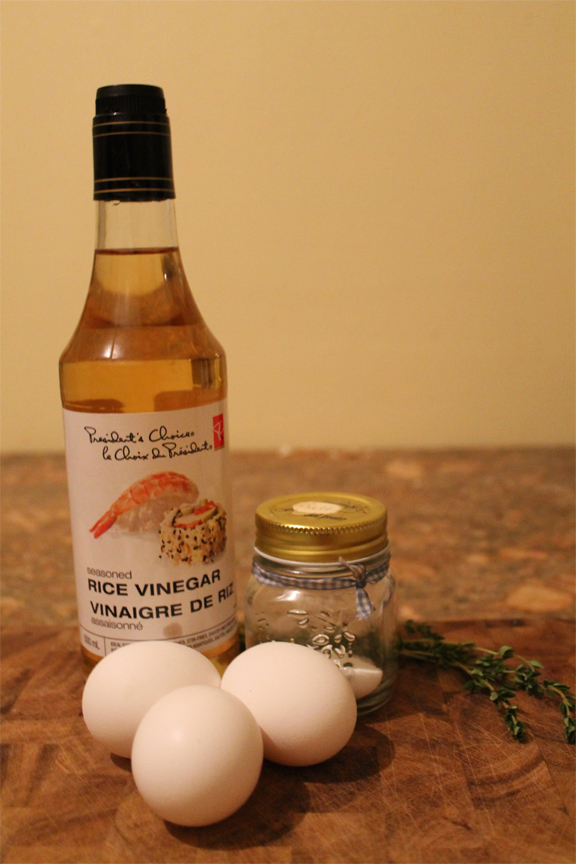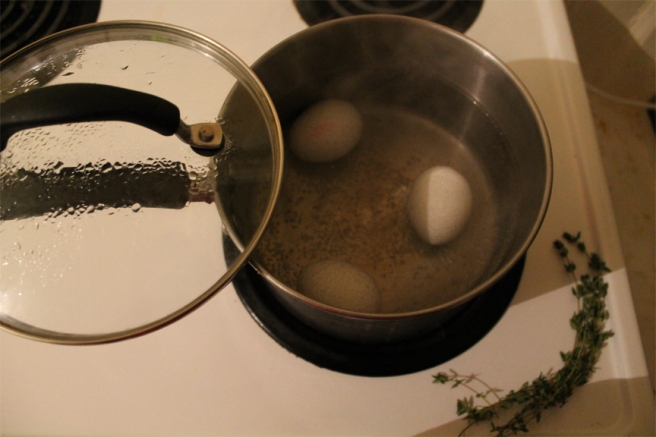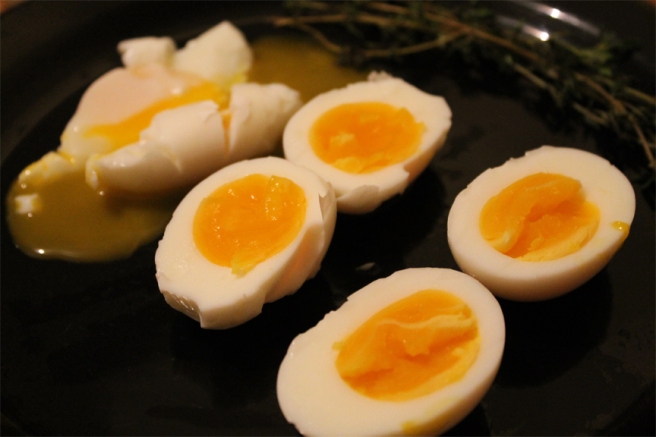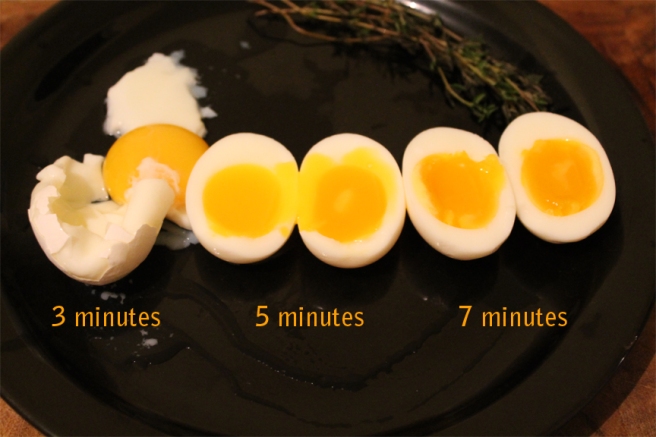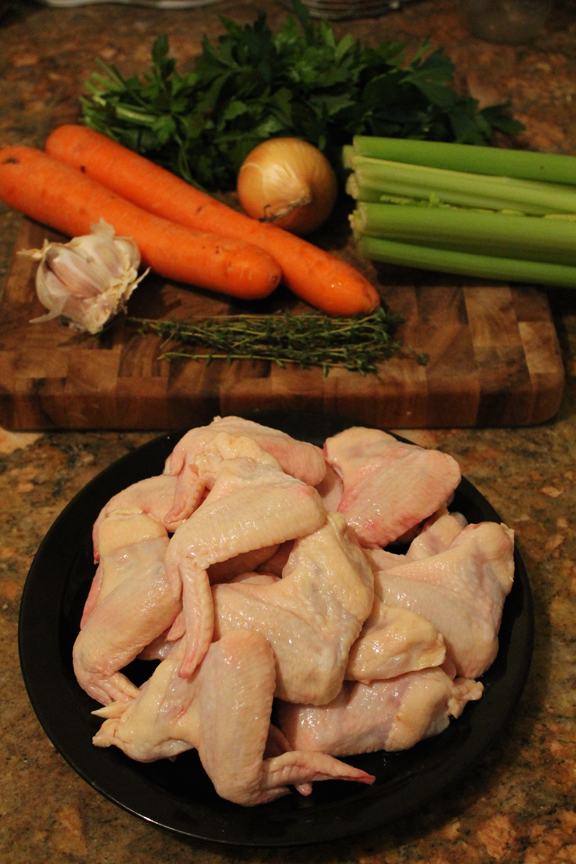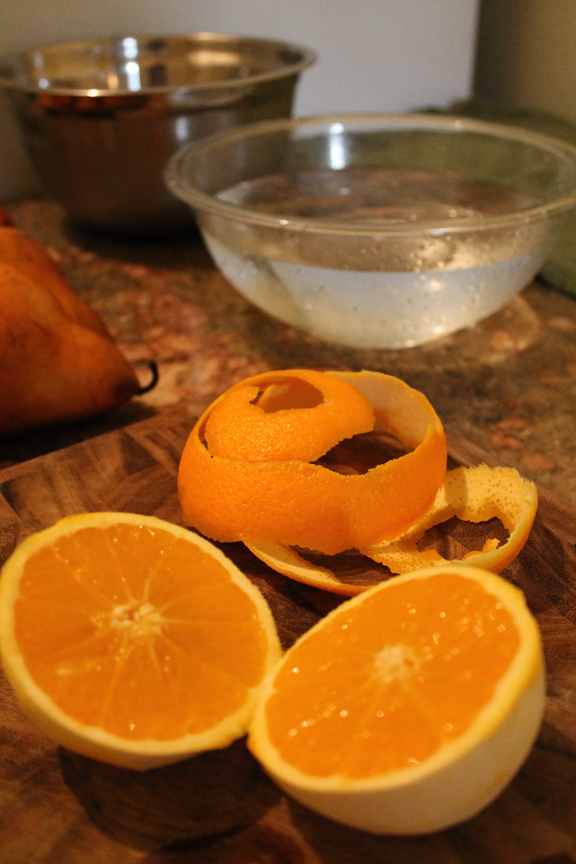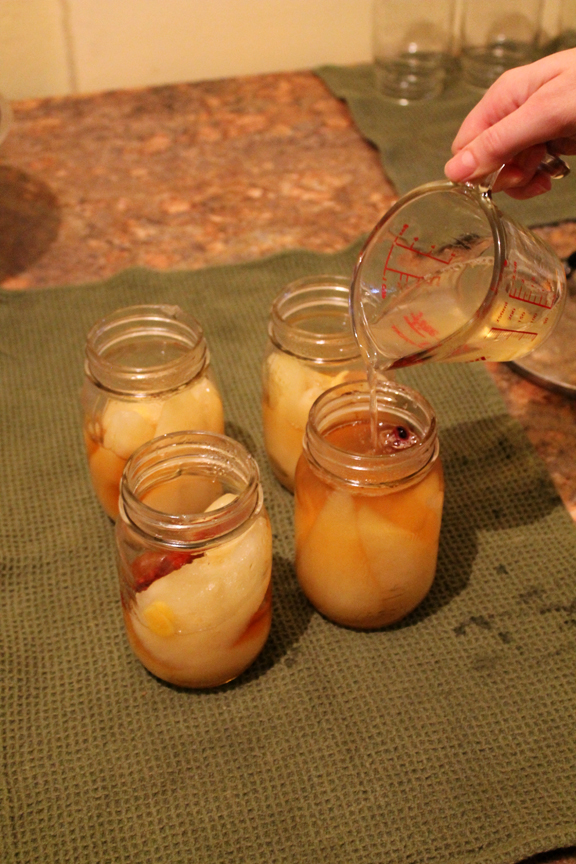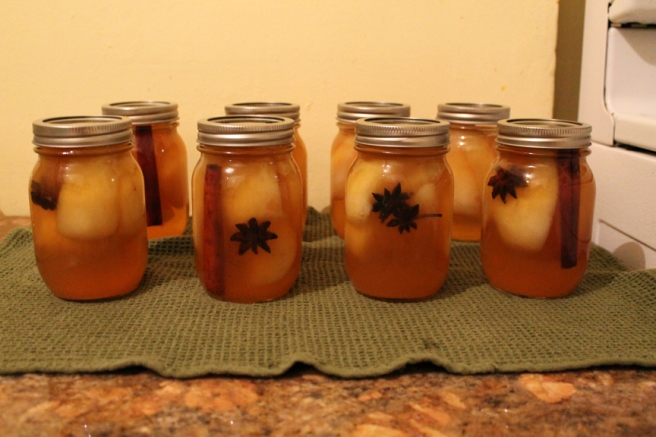In a recent article published by the Momofuku restaurant founder himself, David Chang has declared ramen dead (http://luckypeach.com/the-state-of-ramen-david-chang/). The Korean American chef describes ramen as the ultimate hipster food: “In Japan, ramen was always a fringe pursuit. As with music or literature, the “cool” food was made by outsiders fighting against the mainstream, because they didn’t feel like the mainstream was good enough”. However, Chang bemoans that ramen has become so trendy in North America and around the world that it is no longer the cool, underground dish it once was, back when he was a young chef in New York City and had to order cookbooks from Japan in order to educate himself about its intricacies. He claims that in Japan before the internet age, and before he opened the first Momofuku in New York back in 2004, ramen was an underground phenomenon. Back then “it wasn’t cool to eat ramen…; nobody gave a shit about it”. Now, everyone and their mother knows what ramen is and can dine on a bowl of some hot, steamy, noodle soup at any of the burgeoning ramen shops popping up around town. Yet, ramen isn’t an entirely novel invention. In fact it has been around since the early 20th century in Japan. However, even though Chang is in on the current trend, he believes that ramen has become way too “mainstream”: “ramen is everywhere, and a lot of it is the same”. So what makes David Chang’s ramen any different? With the voice of ramen culture claiming doomsday for the humble noodle soup, I headed over to Momofuku’s Noodle Bar to see what all the fuss was about.
Momofuku Toronto was built in 2012, right next to the prestigious Shangri-La Hotel, and shares the interior aesthetic and menu offerings with its sister restaurant in New York City. The noodle bar is on the ground floor of what is a multilevel restaurant, with the prices, quality, and overall swankiness increasing with each flight of stairs. The overall ambiance of the noodle bar is warm and inviting, featuring a wide open space, with high cathedral ceilings, dimmed lights, and lots of wooden furniture and architecturally creating a natural environment. True to its name, there is a bar where patrons can sit and watch the ramen chefs in action as diners chow down on noodles, which is quite entertaining to see how the very food they are currently consuming is prepared. One chef is focused on soft boiled eggs, with what looks like twenty at any given time, making sure they are perfectly timed, a testament to the importance of quality food production established in the restaurant.The servers are dressed in their street clothes, and seem to have a good rapport amongst one another. This along with the communal eating style, and overall decor leads to an extremely casual dining experience.
Since this is a rather casual restaurant, and because I wanted to go early in the evening on a Tuesday, I decided to forgo making a reservation. However, upon arriving I were told that we were actually too early for dinner service, so I had a drink in the Shangri-La hotel lobby while we waited for dinner time to roll around. After pulling aside a heavy velvet curtain, I was seated by the hostess at the end of a long communal picnic style table. After being seating I made a quick stop to check out the washrooms, which were a little hard to locate as they are on the second floor where a lounge is, along with the Milk Bar (a self serve fridge offering packaged desserts). However, once found, the bathrooms proved to be large, clean, and modern. Especially appreciated is how each toilet is located within its own little “room” that is completely enclosed, as opposed to those drafty public stalls we have all become accustomed to.The cleanliness seemed to be a trend throughout the restaurant, as the menus, tables, and dishes were all spotless, and an abundance of chopsticks could be found beside every seat in the house.
For starters I ordered a Sidelaunch which is a Canadian wheat beer that came in tall cans. The beer and wine selection was decent, but surprisingly didn’t offer anything that was Japanese. I decided on the Pork Buns as an appetizer as I had heard rave reviews. The fatty pork belly came served sandwiched between soft steamed buns that were slathered with hoisin sauce, spring onion, and a bit of thinly sliced cucumber for added crunch. The savoury pork simply melted in the mouth, and was thoroughly addictive. The belly is so soft because it is left to sit in a brine overnight and roasted before service, making the skin crispy and the meat super tender. Unfortunately, each appetizer order only comes with two small buns, so you are left craving for more, and for $12 dollars a plate it may not necessarily be the best value.
For the sake of this review, I ordered two bowls of ramen, trying both their signature “Momofuku Ramen” along with the seasonal offering of “Winter Ramen”. Upon their arrival, both of bowls of humble noodle soup looked like pieces of art, and I felt odd mixing all of the ingredients together, thereby upsetting the affect — almost as though we were smearing our fingers across a delicate oil painting that has not yet had the chance to dry. The Momofuku Ramen looked glorious, featuring the classis egg noodles and Momofuku ramen broth, and piled high with more pork belly, pork shoulder, nori, green onions, kamaboko (fishcake), pickled bamboo shoots and quite possibly the best damned soft boil egg I have ever had in my life. Chang’s signature Momofuku broth is made with konbu, shiitake mushrooms, chicken, pork, bacon, and tare that is reduced and set to simmer for hours on end, giving it a potent umami flavour.
The winter ramen featured two boneless chicken thighs that were perfectly grilled and smothered in barbecue sauce. Appropriate for the weather, the dish also included thinly sliced kale, a sweet potato puree, spring onions, another perfectly soft boiled egg, and a hearty, smoky broth. The Winter Ramen was a pleasant surprise as it really was a unique take on ramen that was both seasonal and savory. It perfectly played up the hearty appeal of soup as a classic winter meal. With an eclectic playlist of rap and indie Balkan folk playing in the background, the slurping commenced! The noodles are especially notable as their textures has an excellent al dente like bite. The portion size is cleverly disguised by serving the ramen in the largest bowl you’ve ever seen, but filling it only a third of the way with soup. Originially, I were a bit disappointed with the portion size, yet obviously struggled to complete either as this was merely a tasting. At $13-15 a bowl, this is a pretty good value considering just how much food is provided and the quality of the ingredients. Everything was crisp, fresh, and thoroughly enjoyable.
The service proved to be speedy and friendly, making sure to offer either sparkling or tap water immediately, swiftly taking our beverage and food orders, and competently processing our payment. Upon overhearing them speak with other tables, they appeared very knowledgable about the menu and more than happy to explain it’s details. Despite how efficient the servers were, the adornment of street clothes didn’t seem to fit the environment and was a little off putting. When one of the food runners came to take our finished bowls away, I was slightly confused at first since he looked like just another customer, complete with a Toronto Raptors hat, instead of a Momofuku employee. Nevertheless, the service was polite, and efficient, and the casual clothing lent itself to the overall casual vibe of the restaurant.
So, is David Chang’s ramen good? Yes, it is delicious. He uses top quality ingredients, each dish is expertly prepared and presented, the dining atmosphere is inviting, and his servers efficient and engaging. However, was it the best, most mind blowing-ly life changing bowl of soup we’ve ever had? Not necessarily. There are other quality ramen shops out there, producing a fine product that is unique to them (Kinton Ramen and Kenzo Ramen come to mind). Even though David Chang may not want to be a part of the mainstream, the fact remains that he is. It’s impossible to be obscure and exclusive while also expanding a chain of multinational restaurants. What started as an obscure obsession for Chang has turned into a highly profitable venture for him through his appropriation of the Japanese dish, and it seems somewhat hypocritical to criticize the very trend he helped create and helped him to prosper. Chang ends his eulogy with a strong conviction in the work he does and the ramen revolution he helped manifest by stating “Regardless of how people feel about it, I stand behind what we do; Momofuku ramen is our own story and no one else’s. We borrowed but made it our own narrative”. However, maybe other non-Japanese (or non Japan based) chefs also feel as though they are a part of the global ramen story by paying the dish their form of respect? Maybe ramen is going through a popular phase, but what’s so wrong about that?
